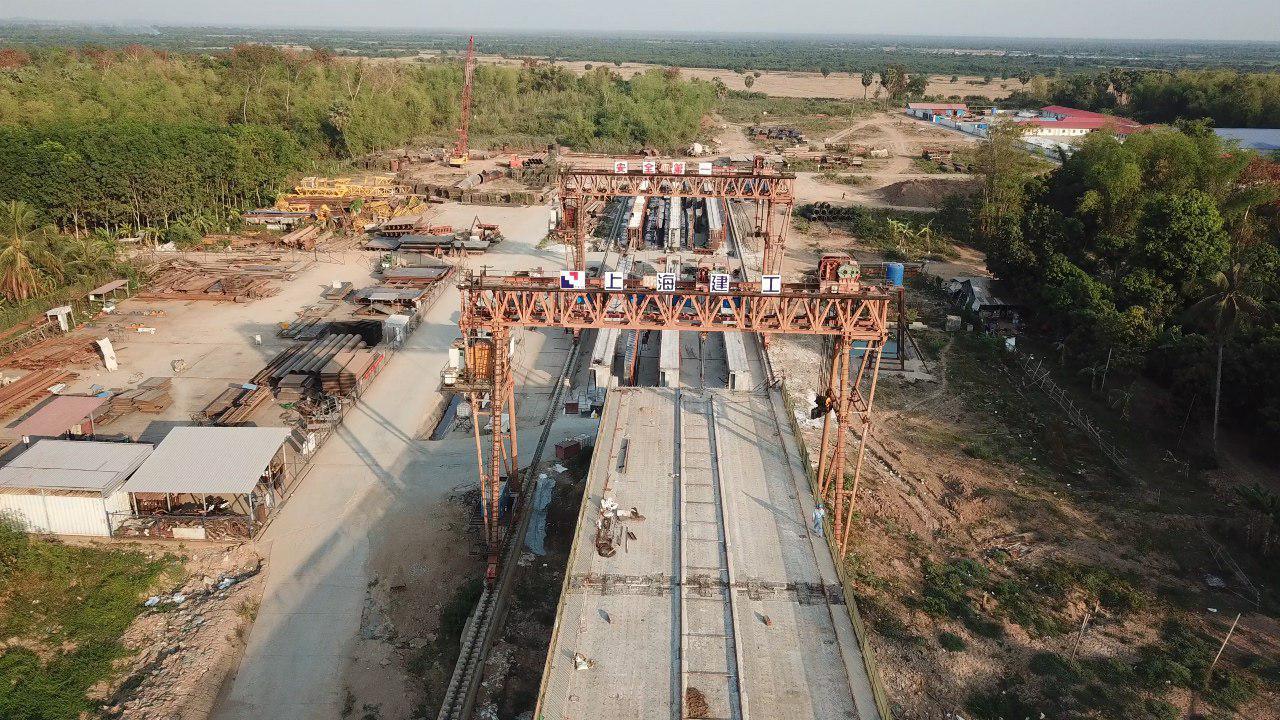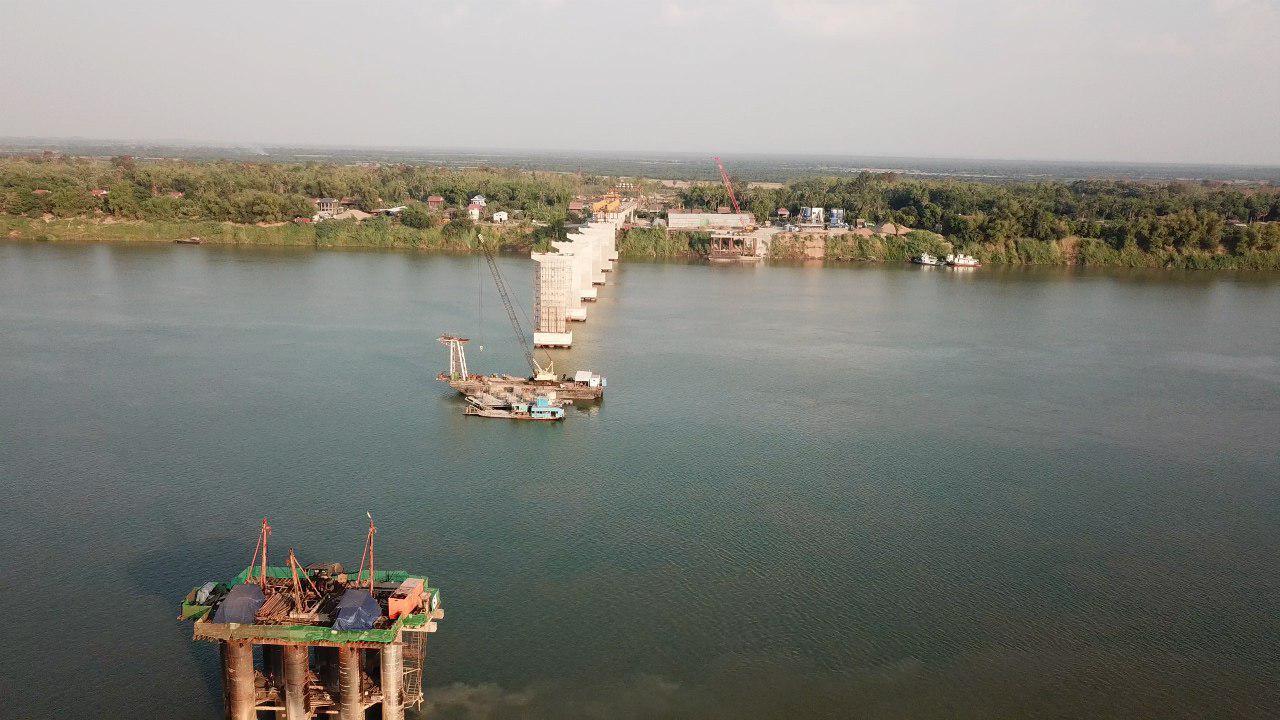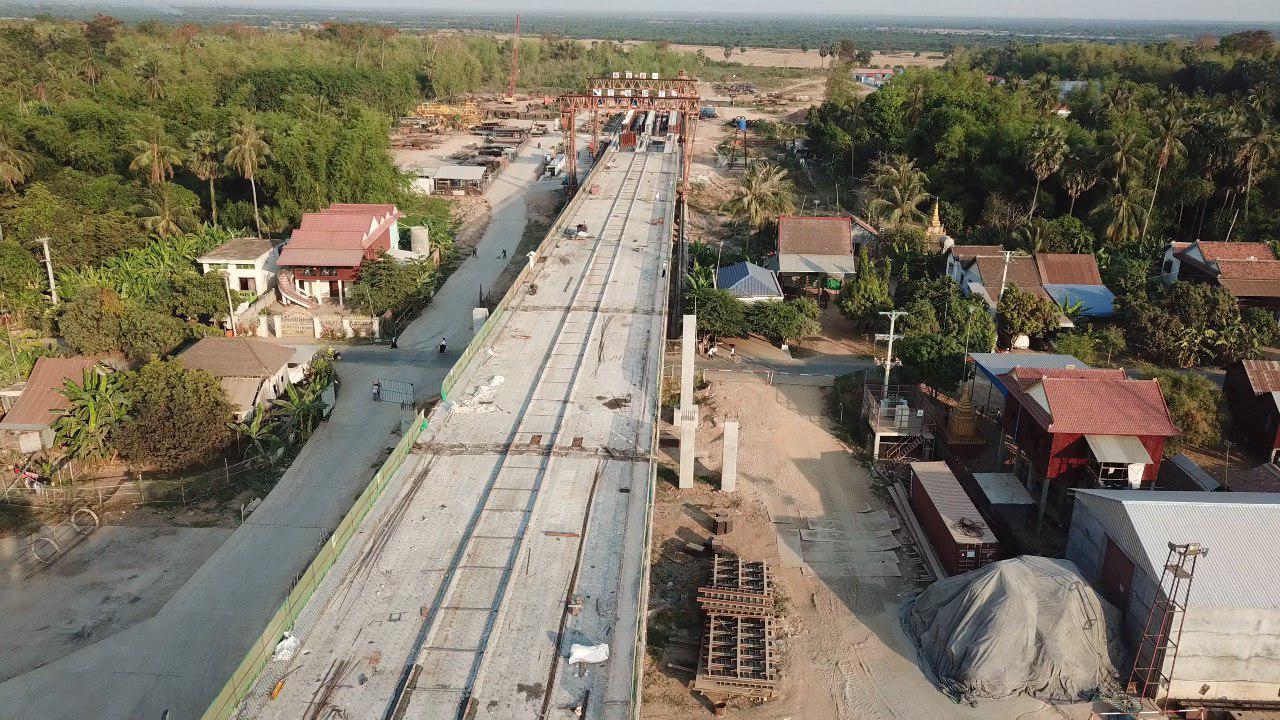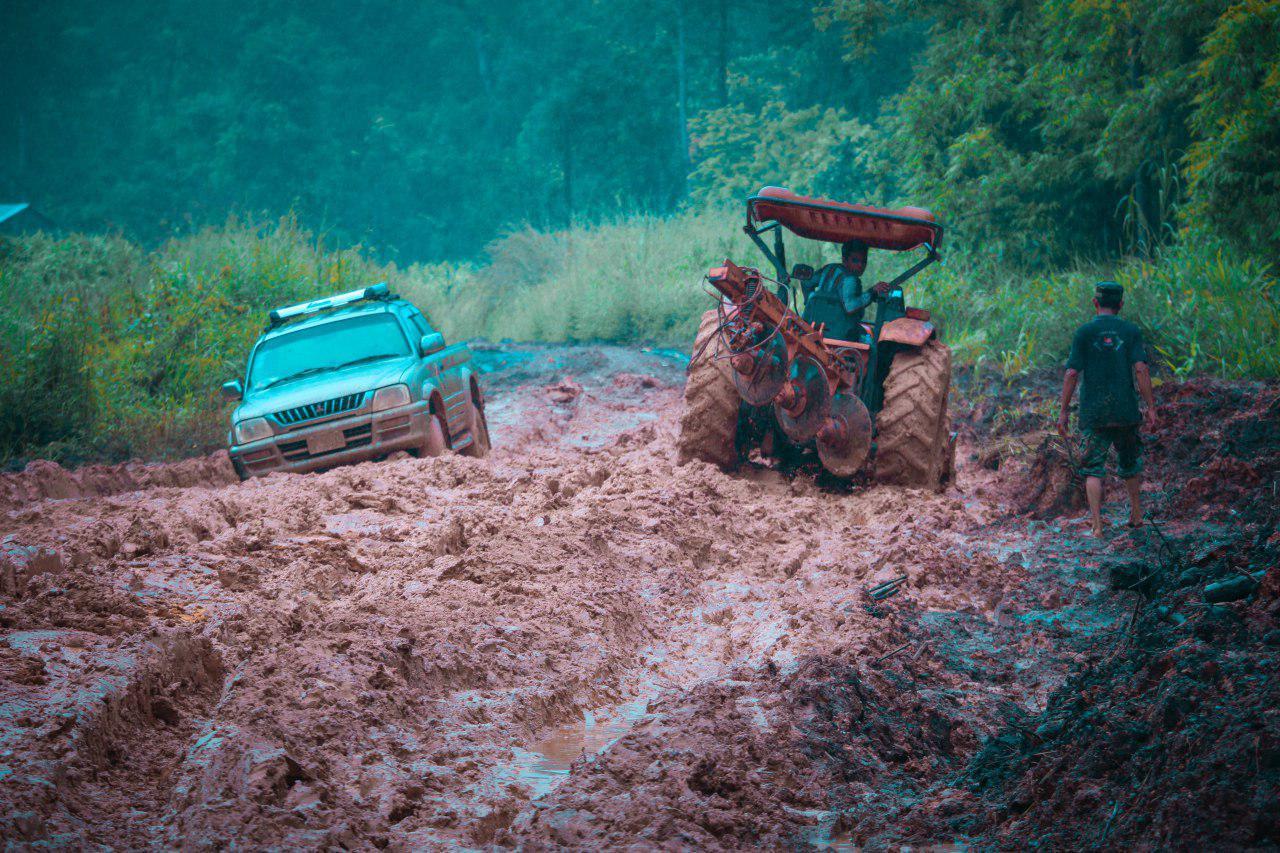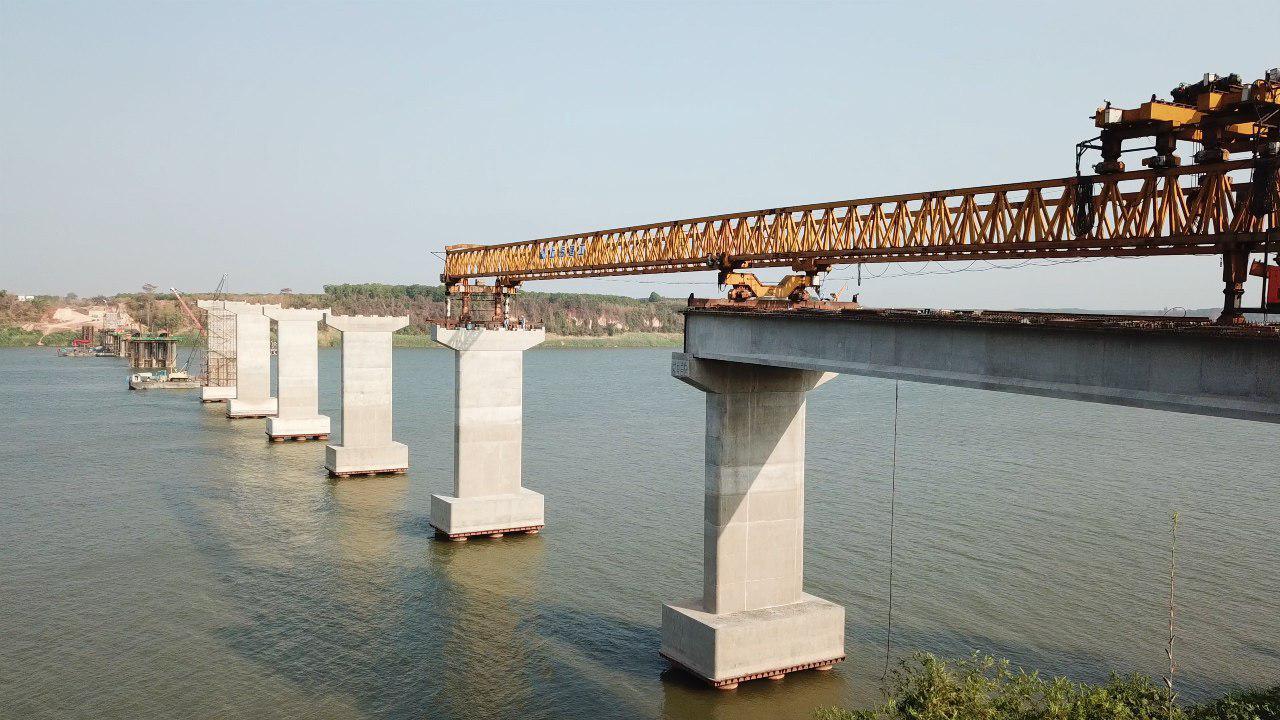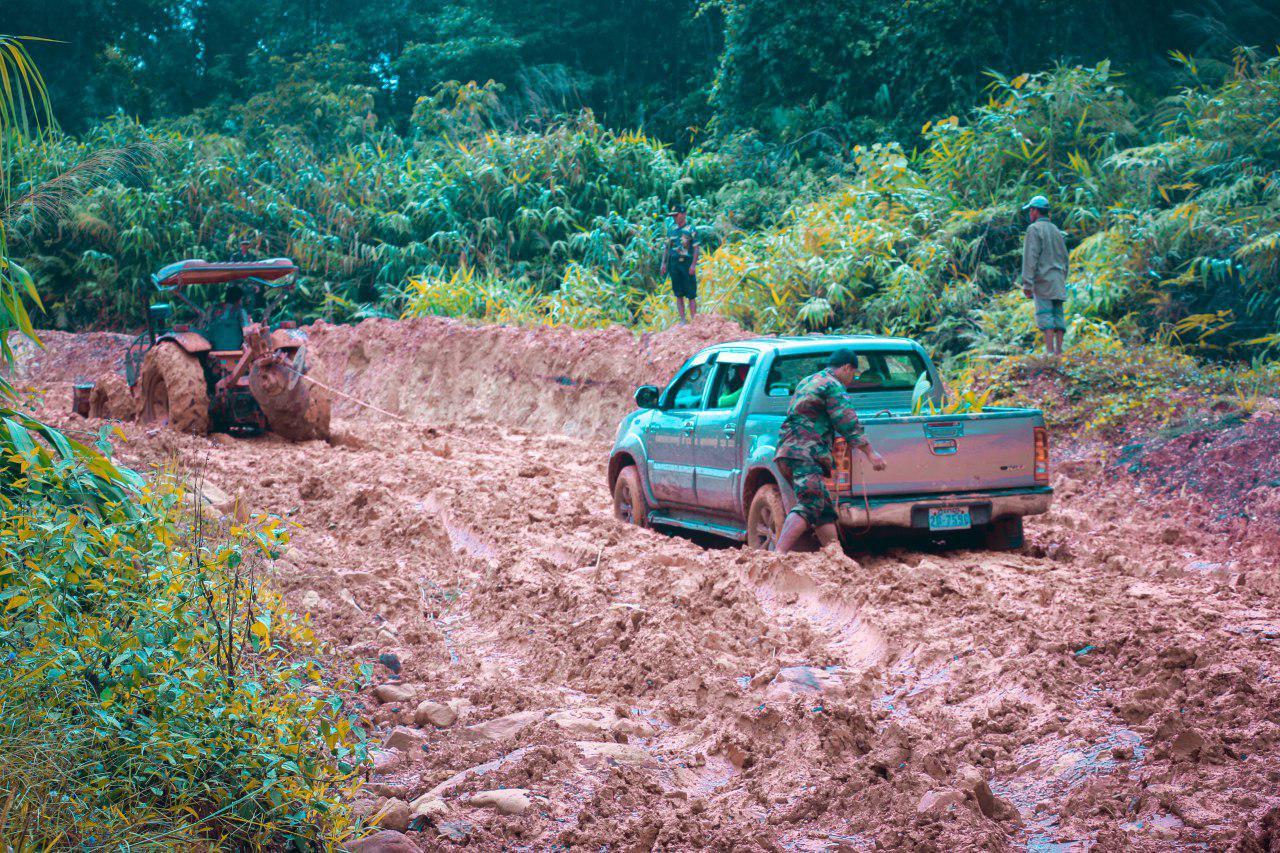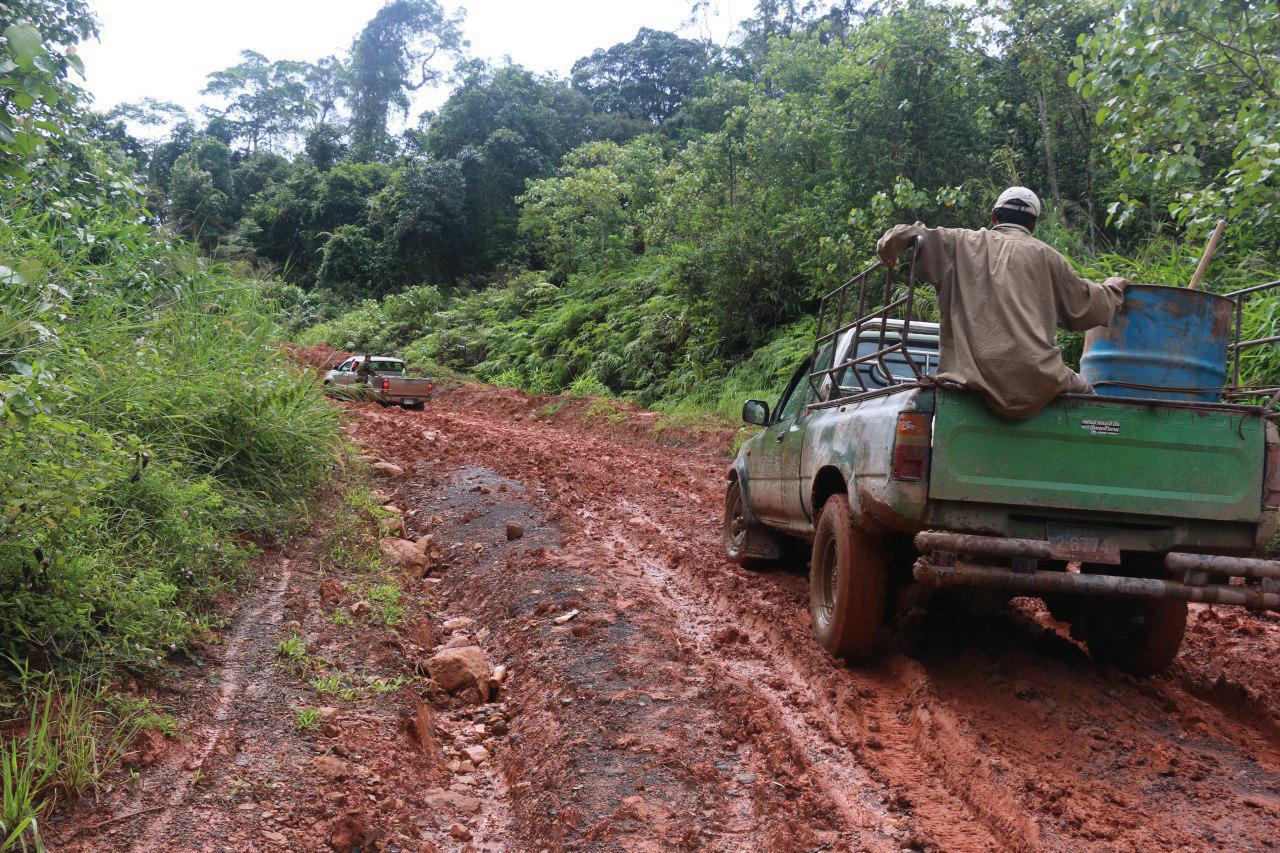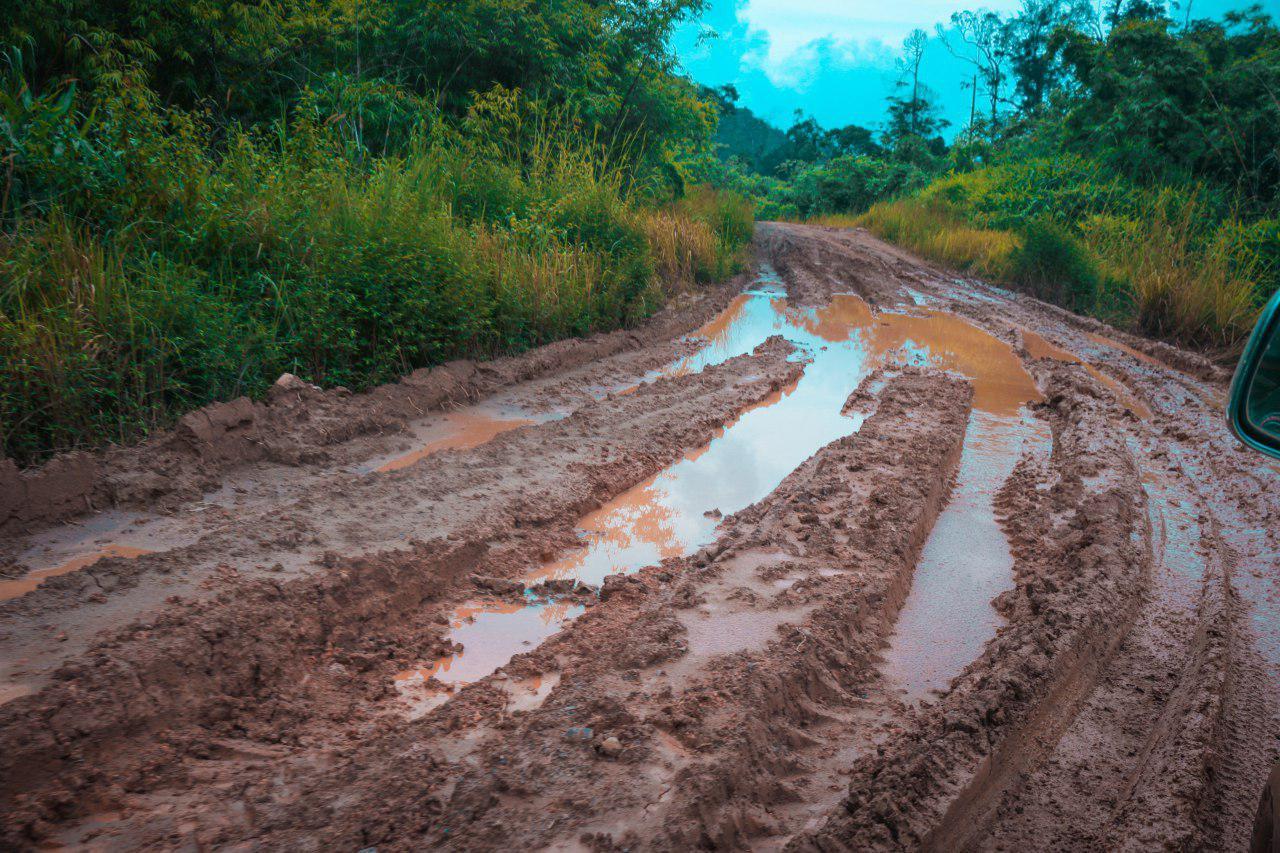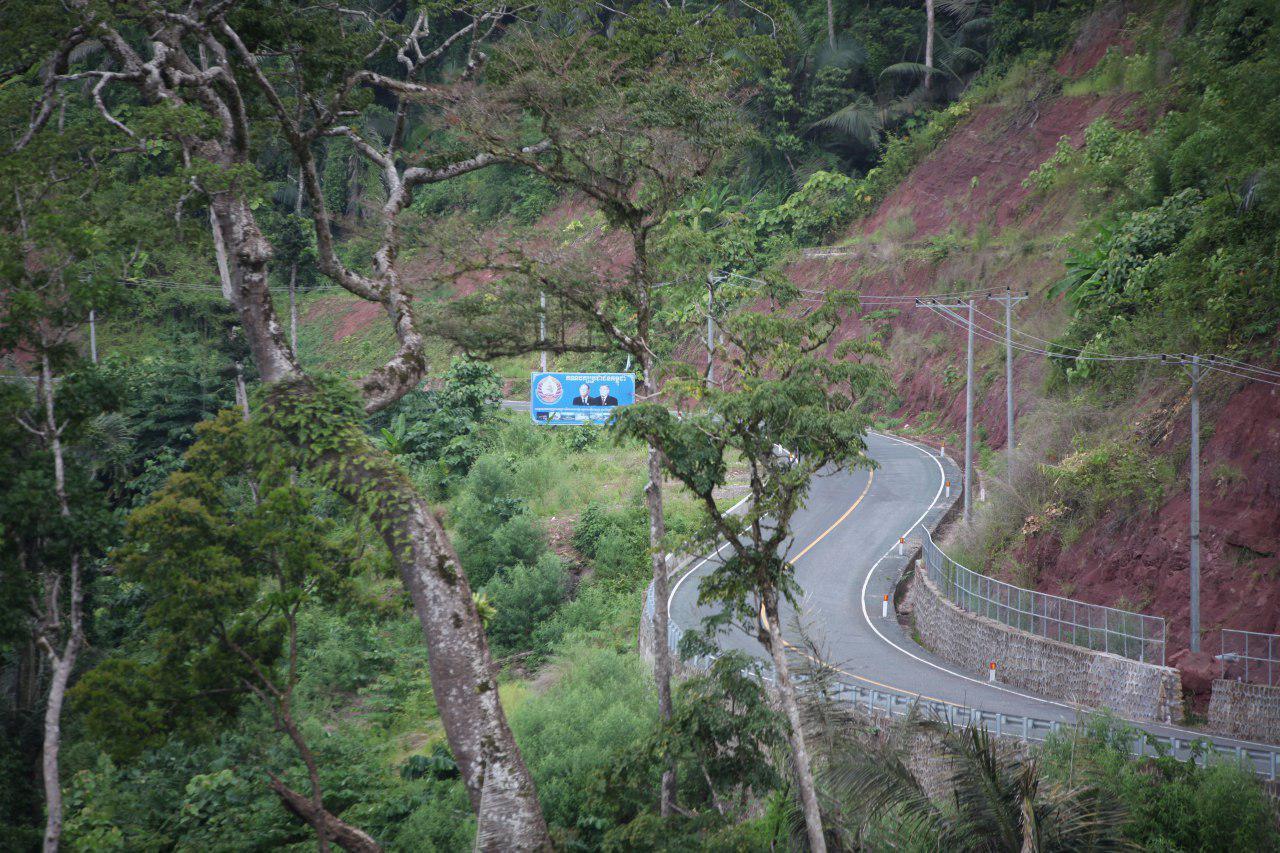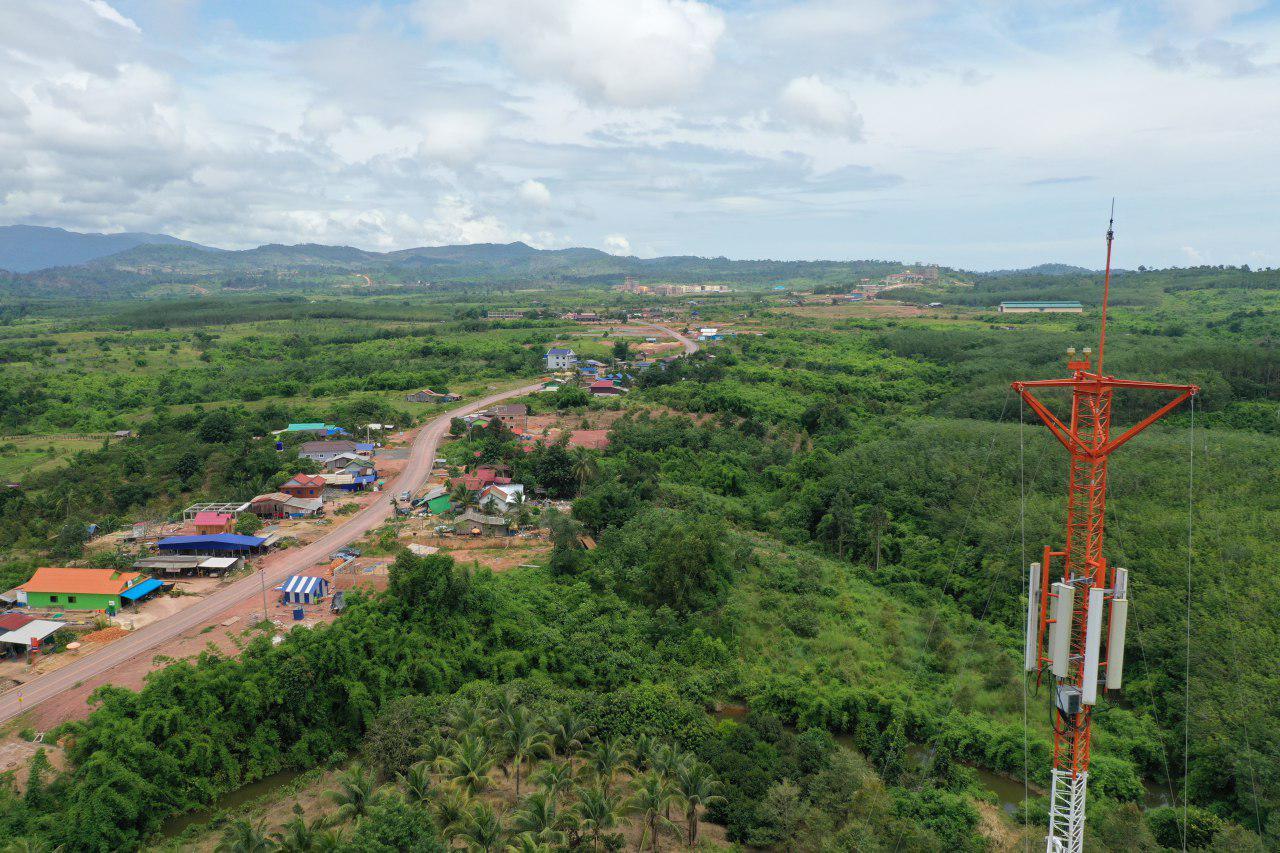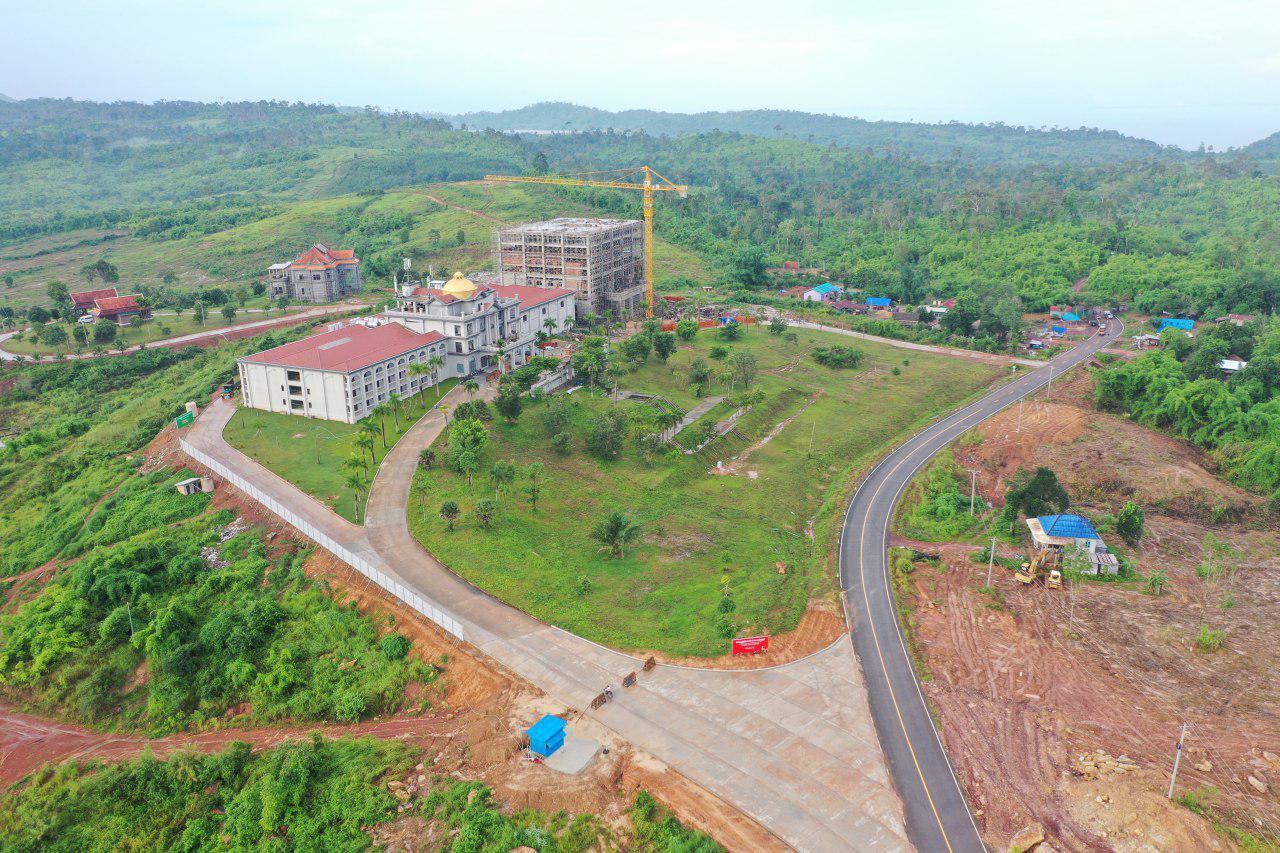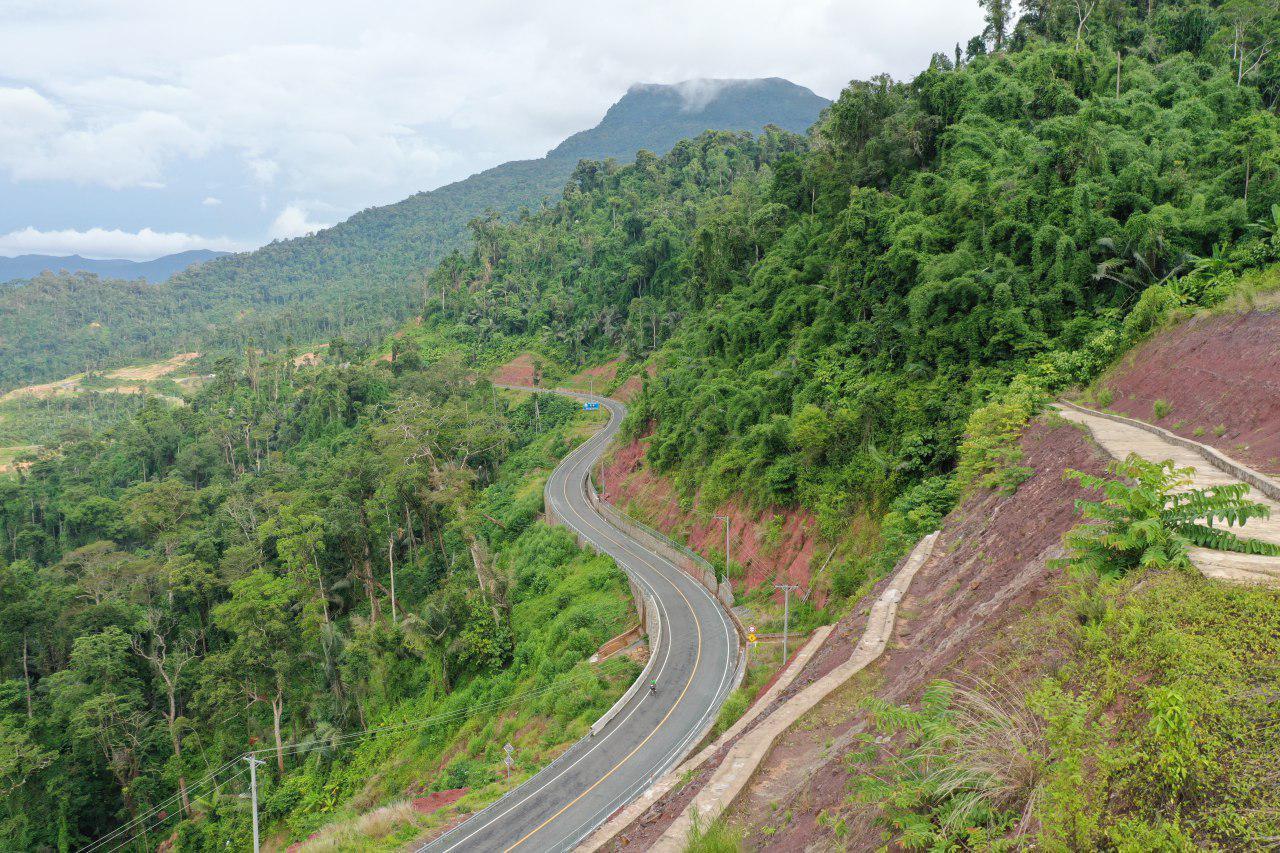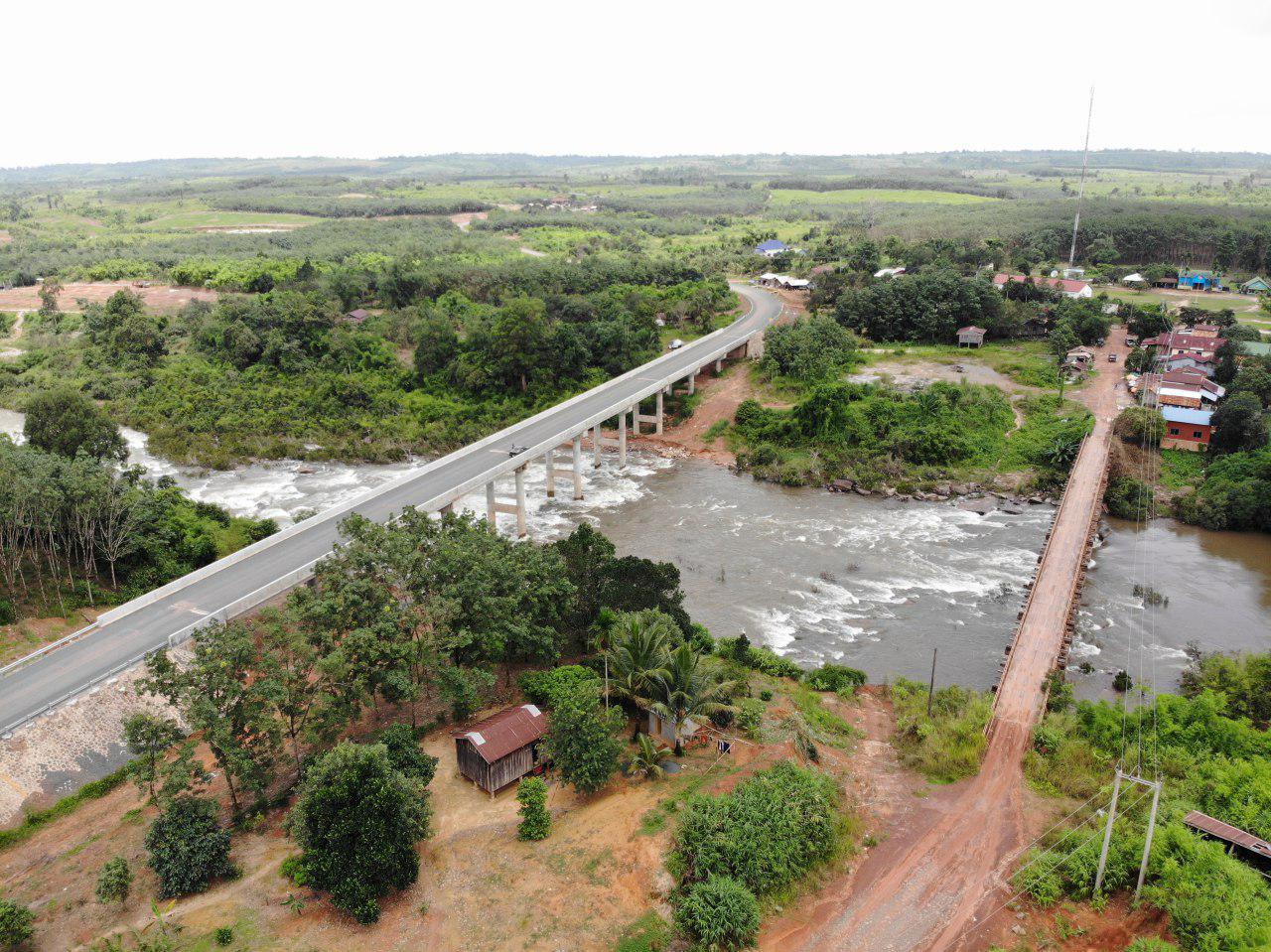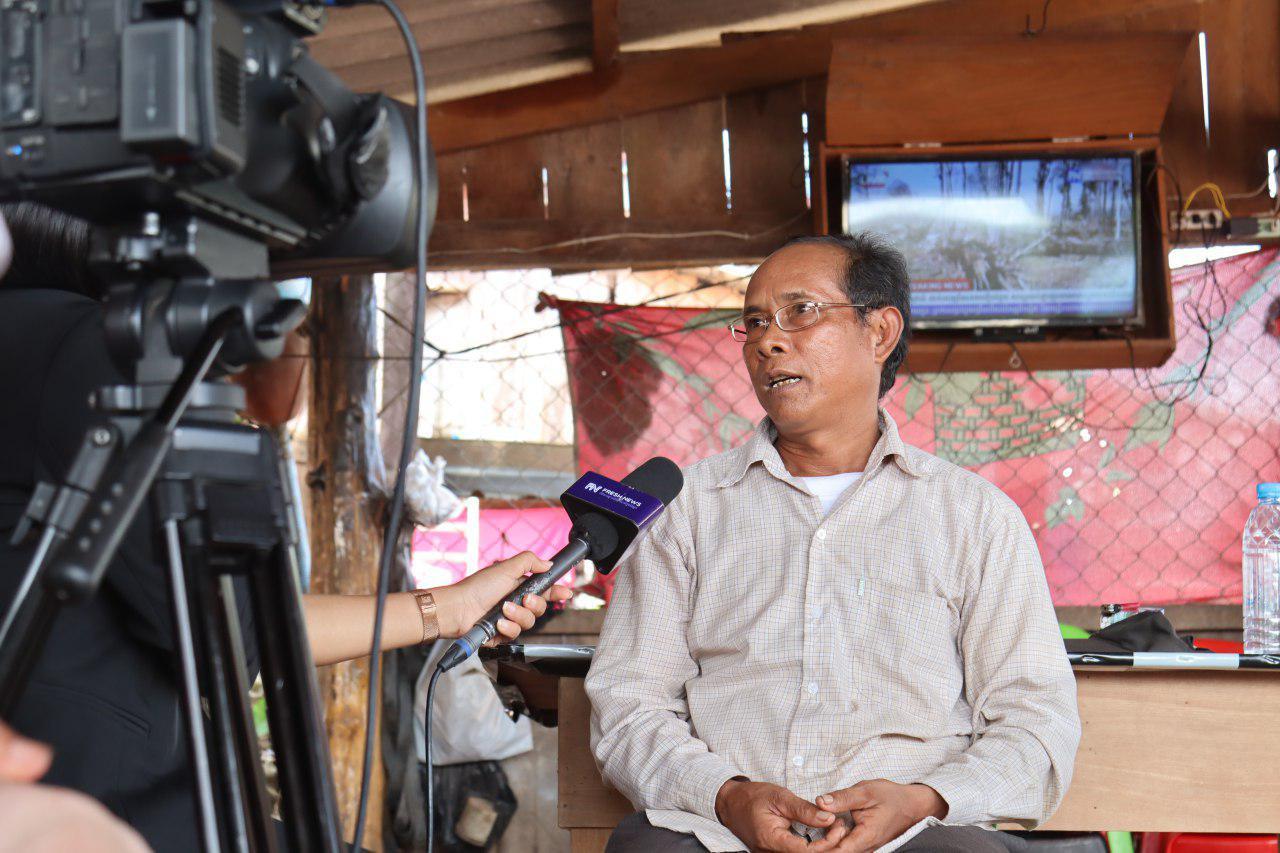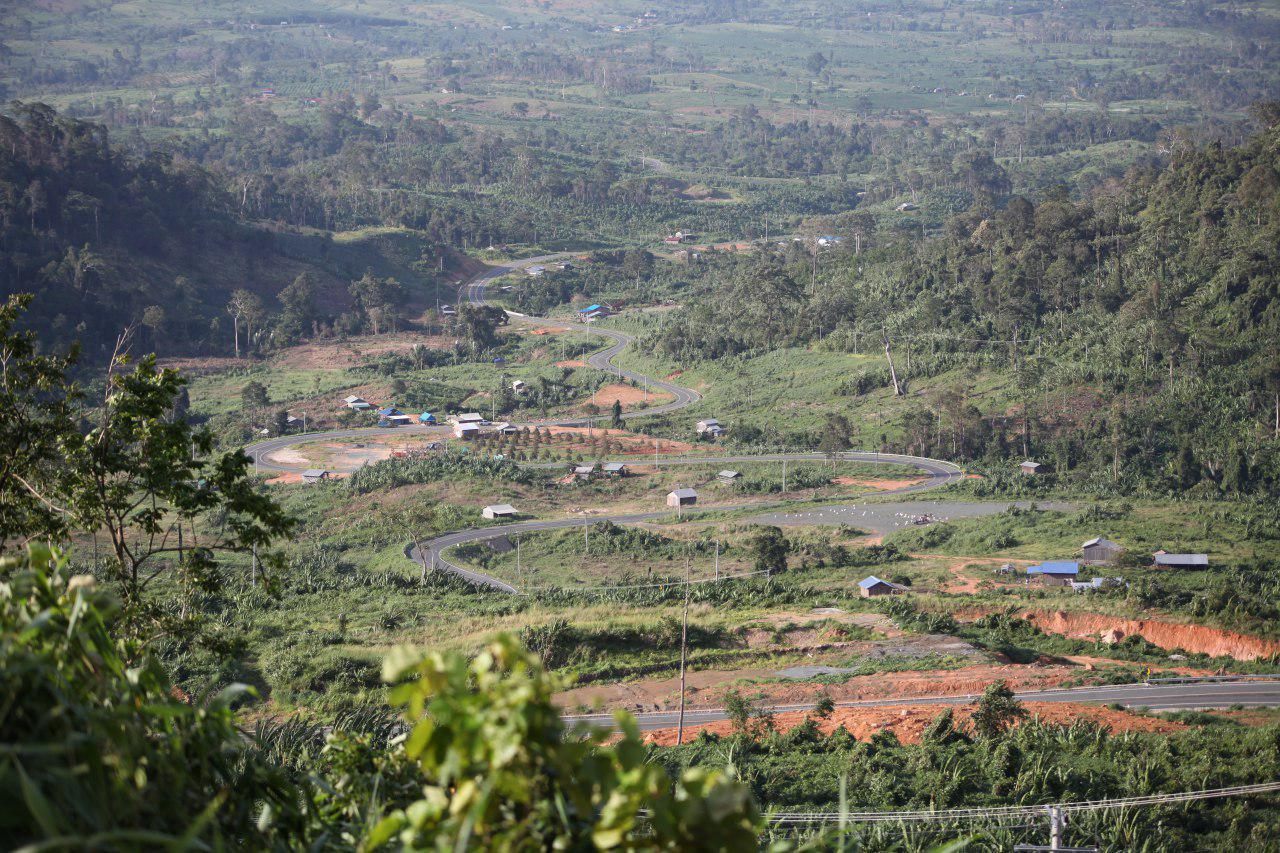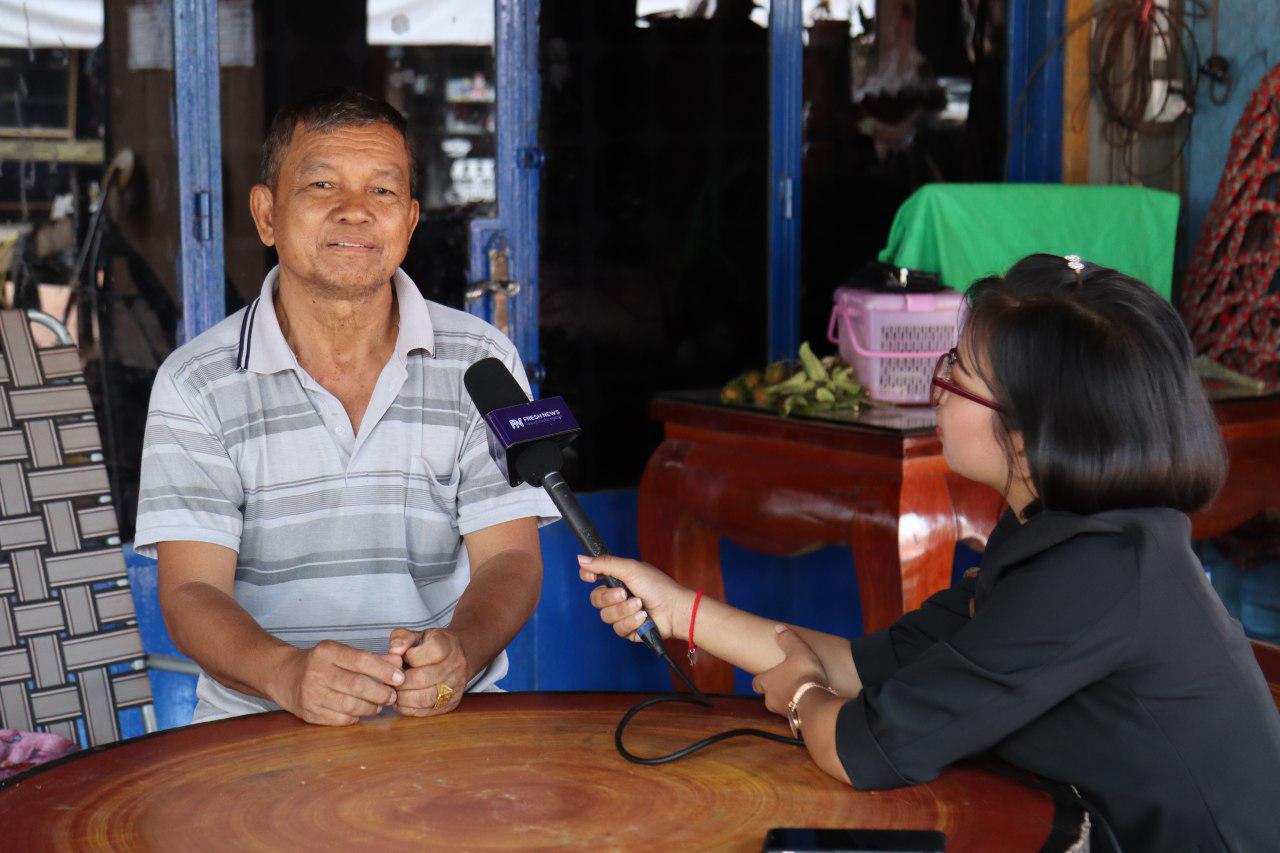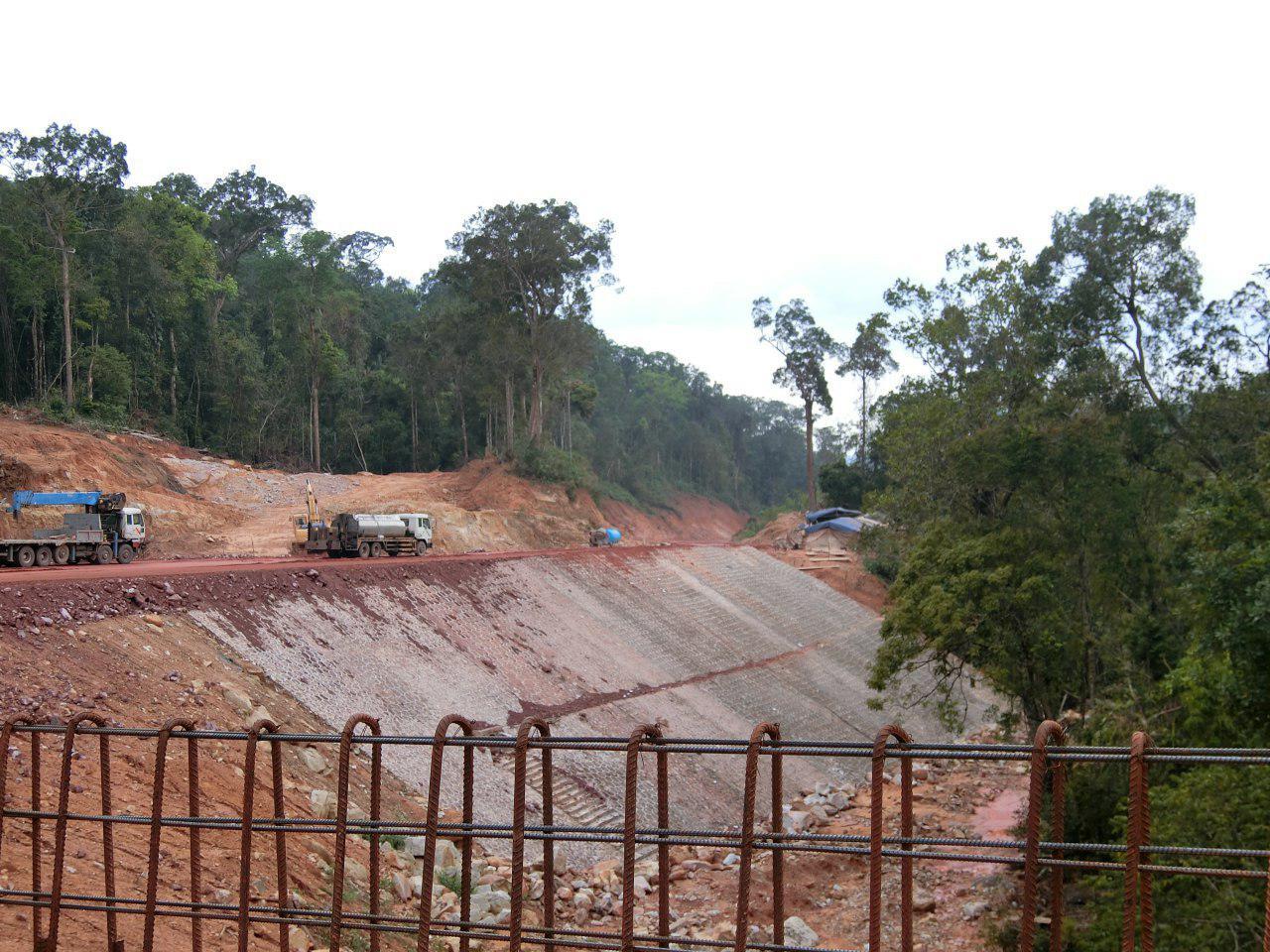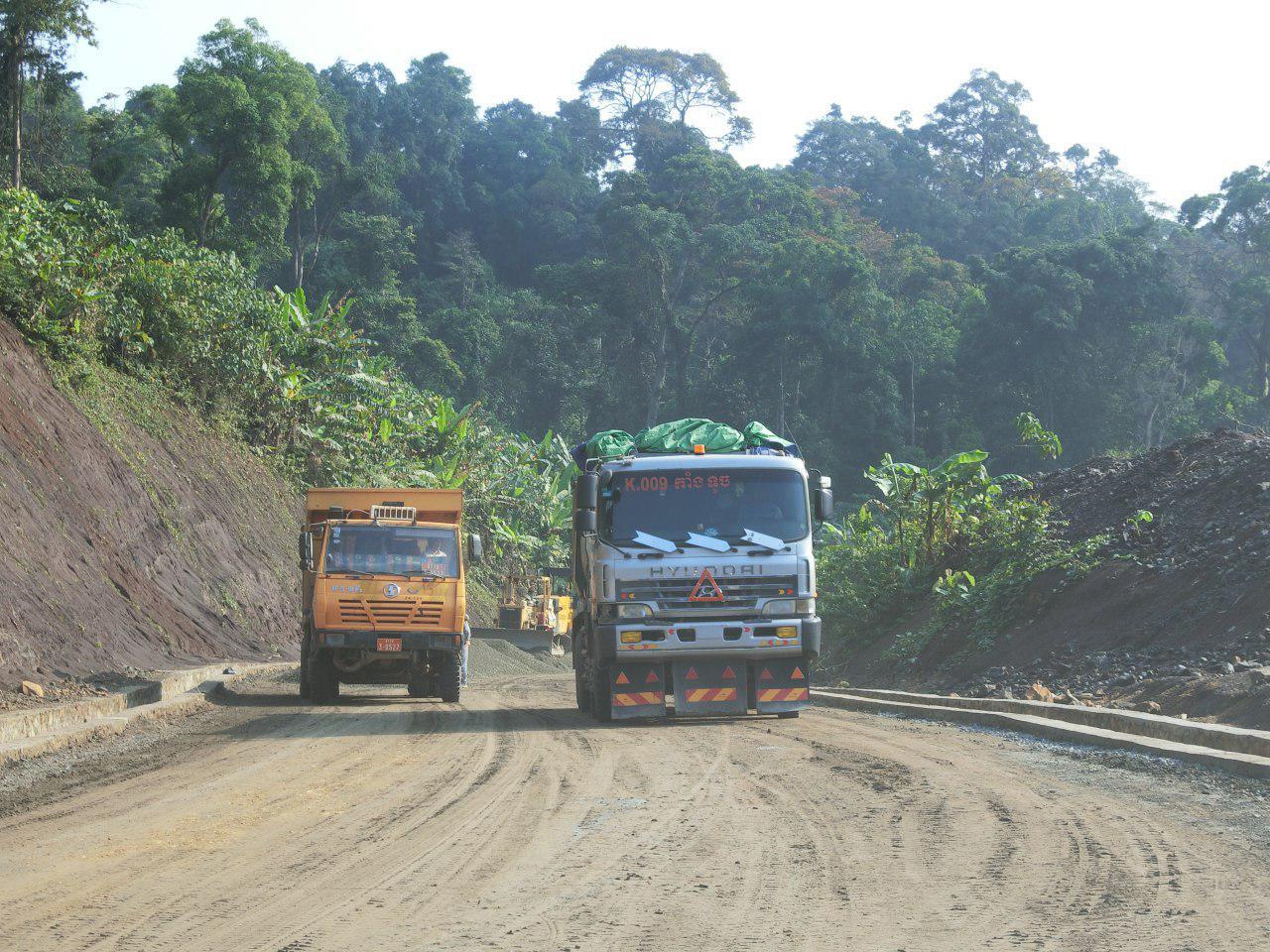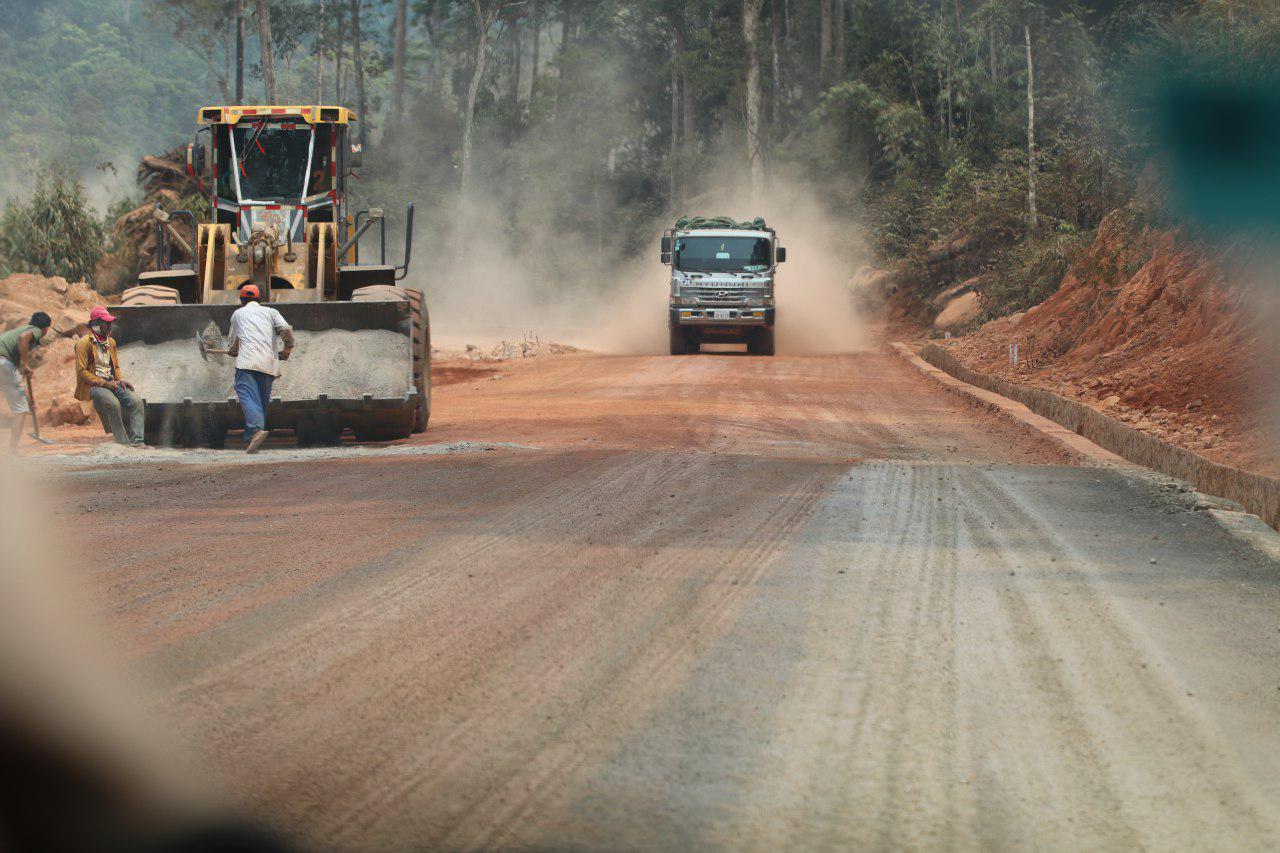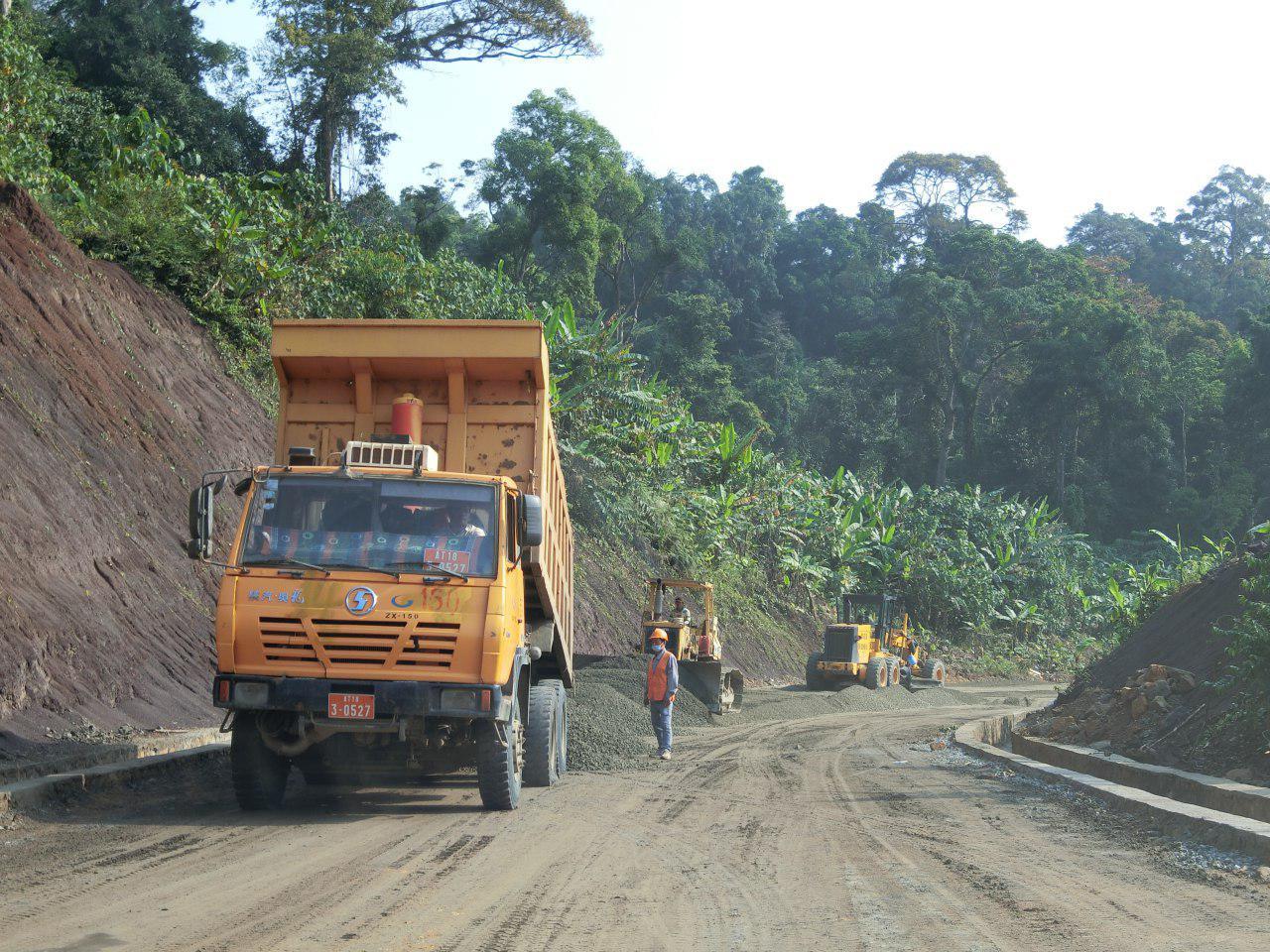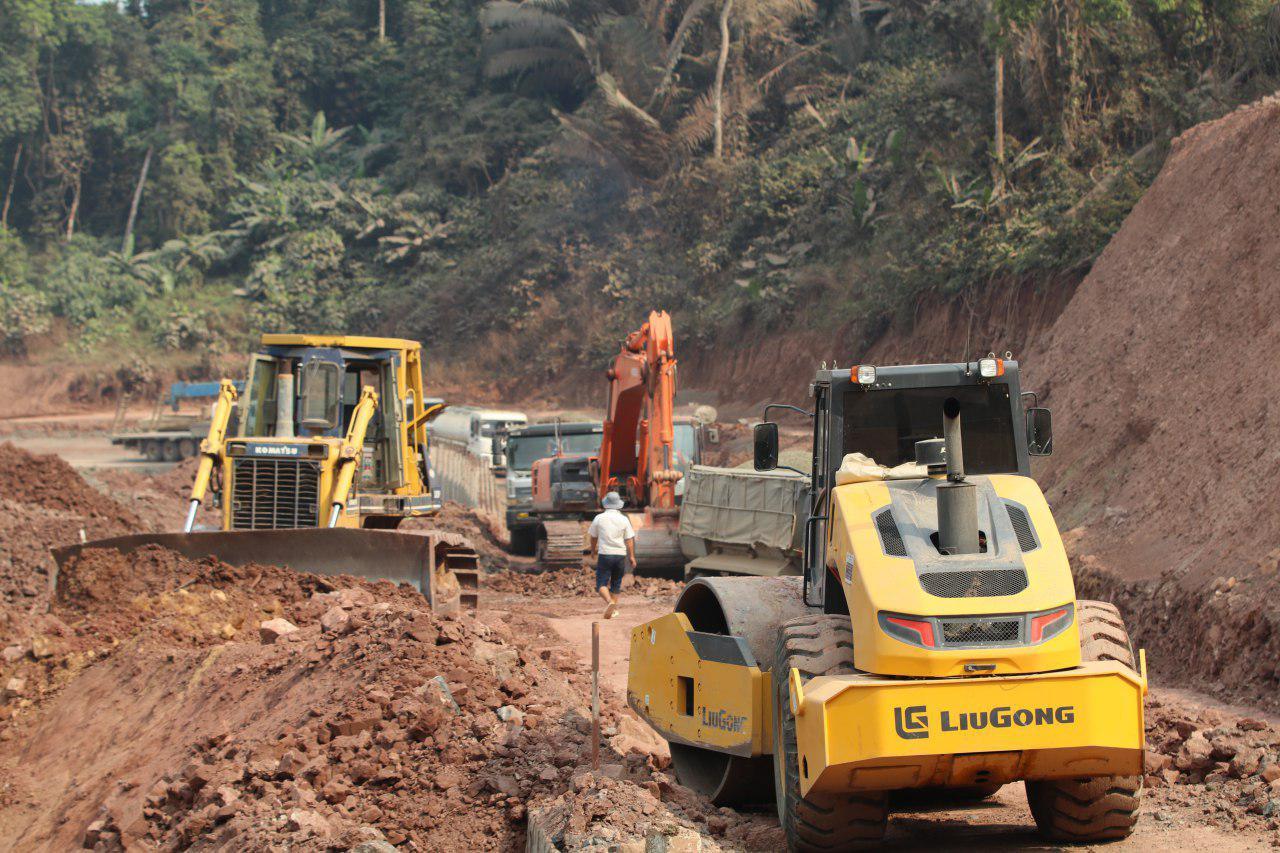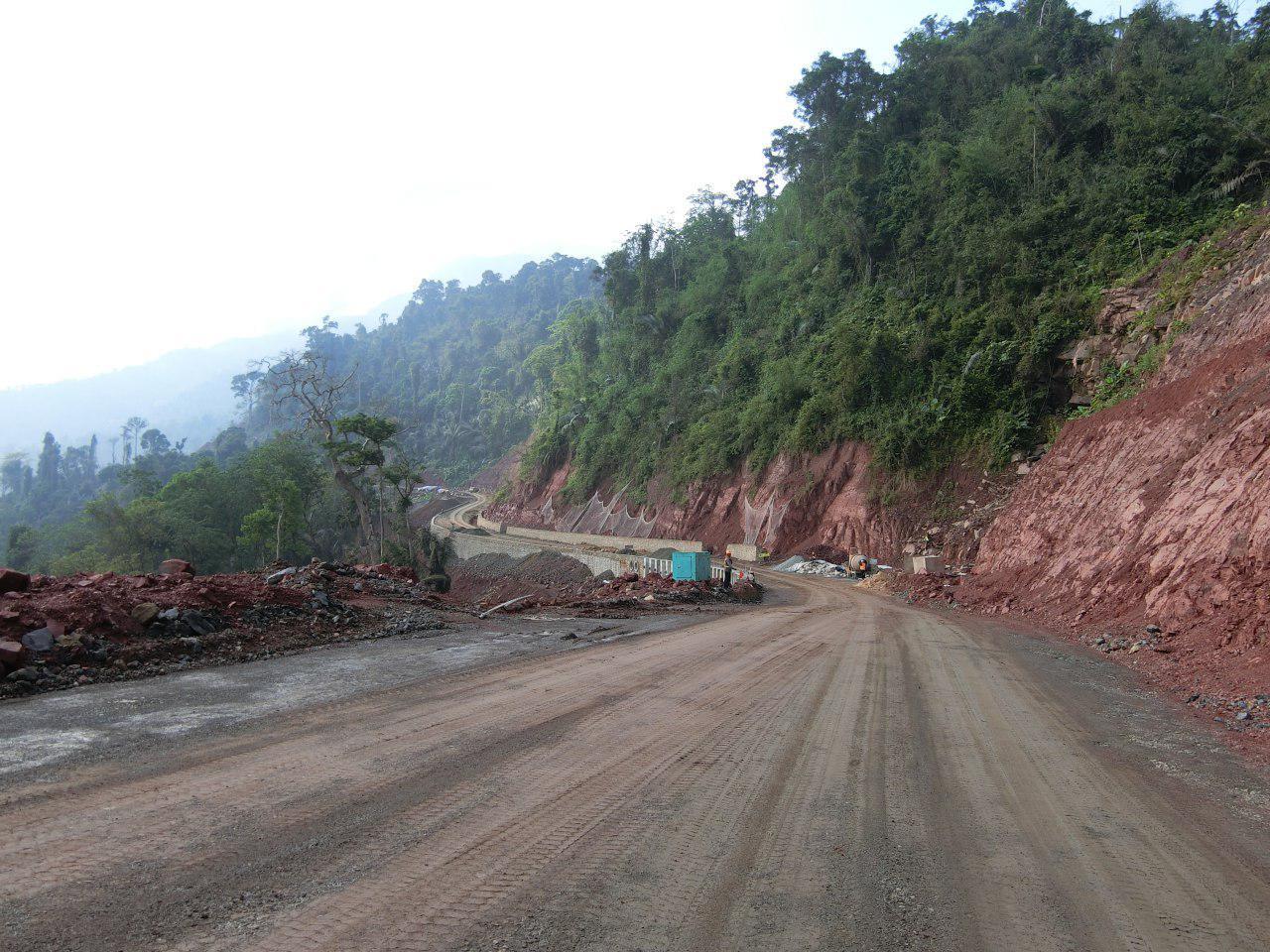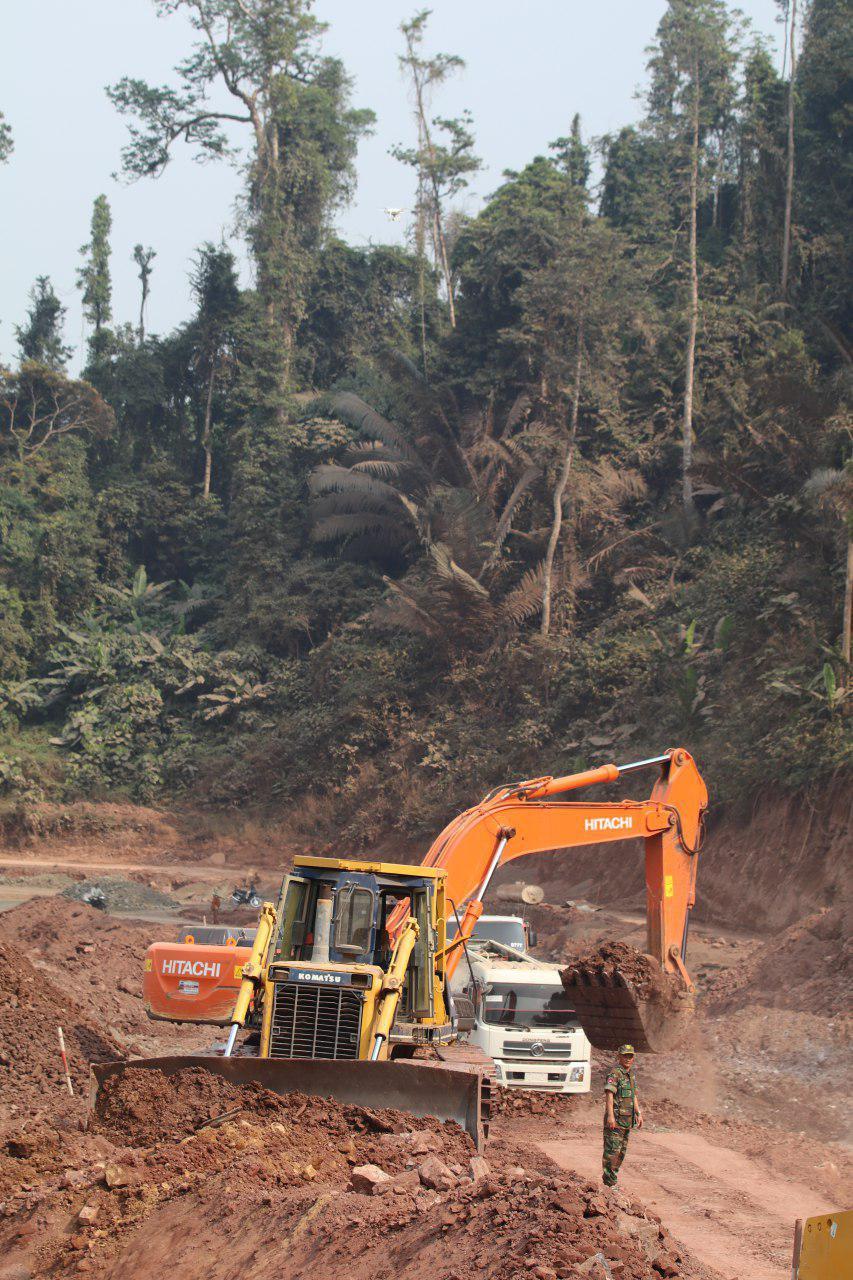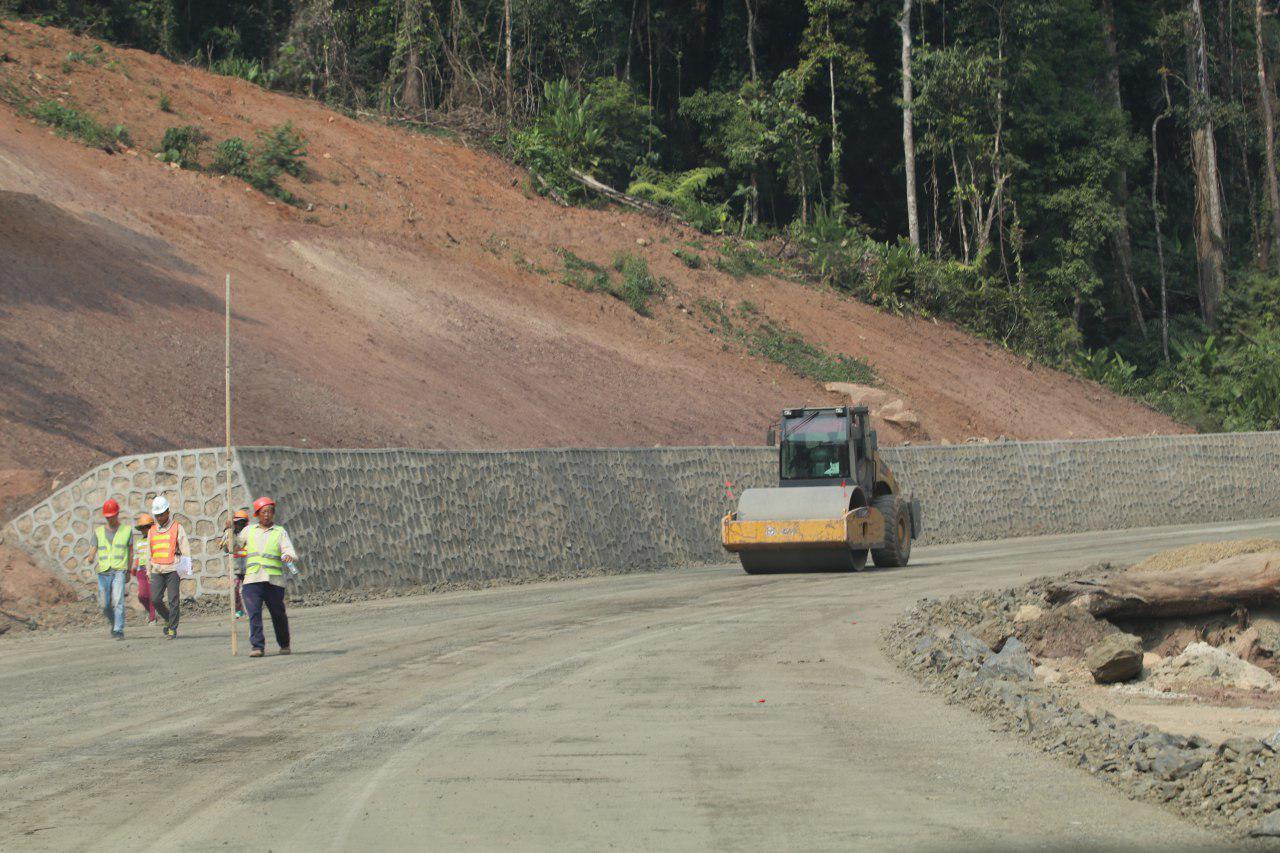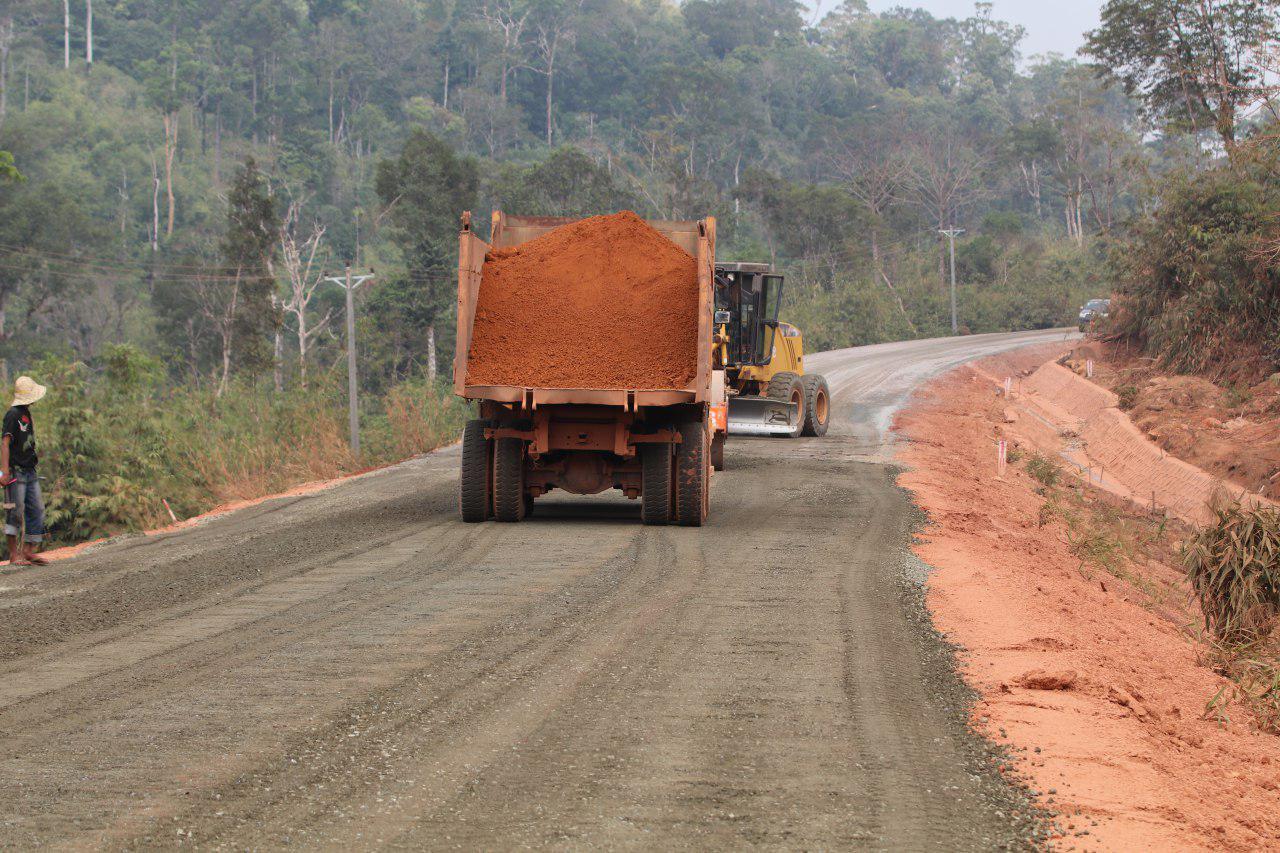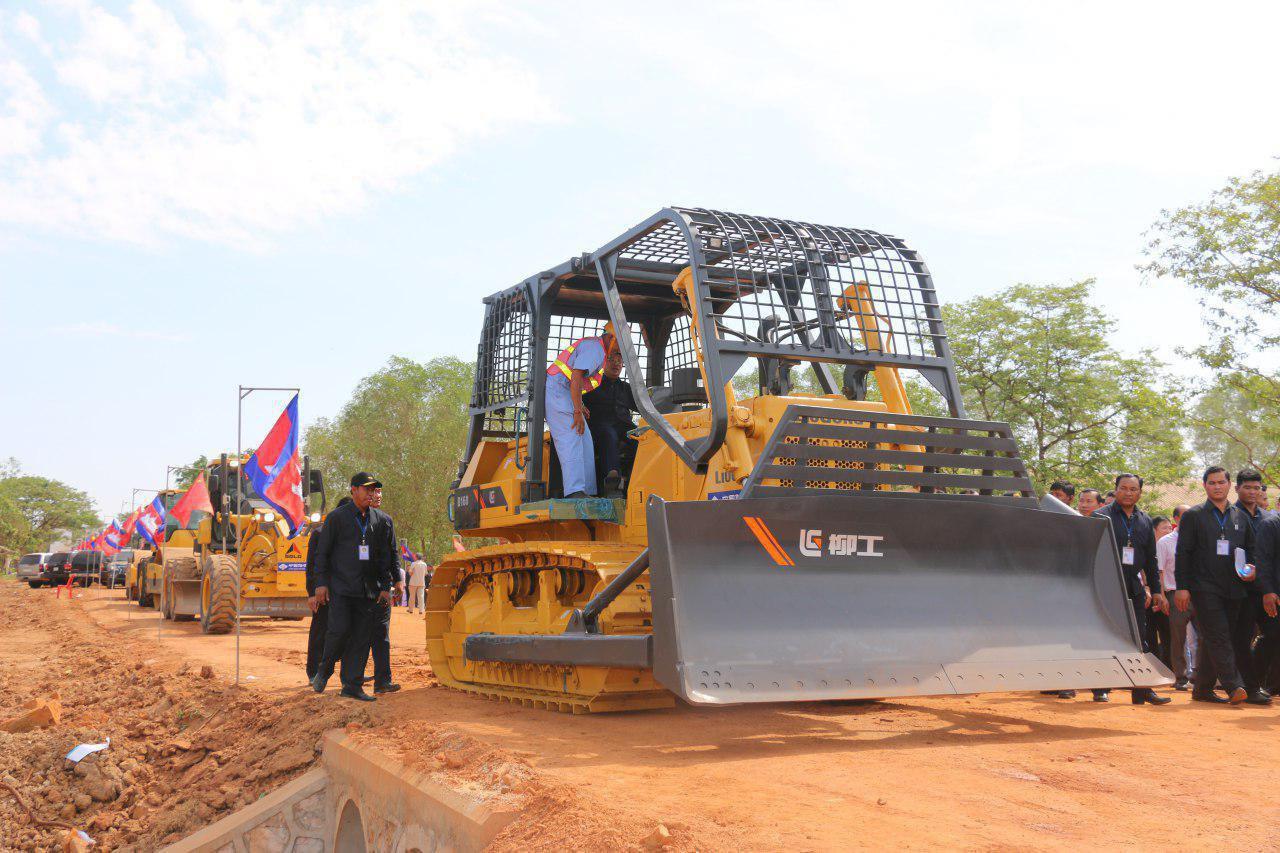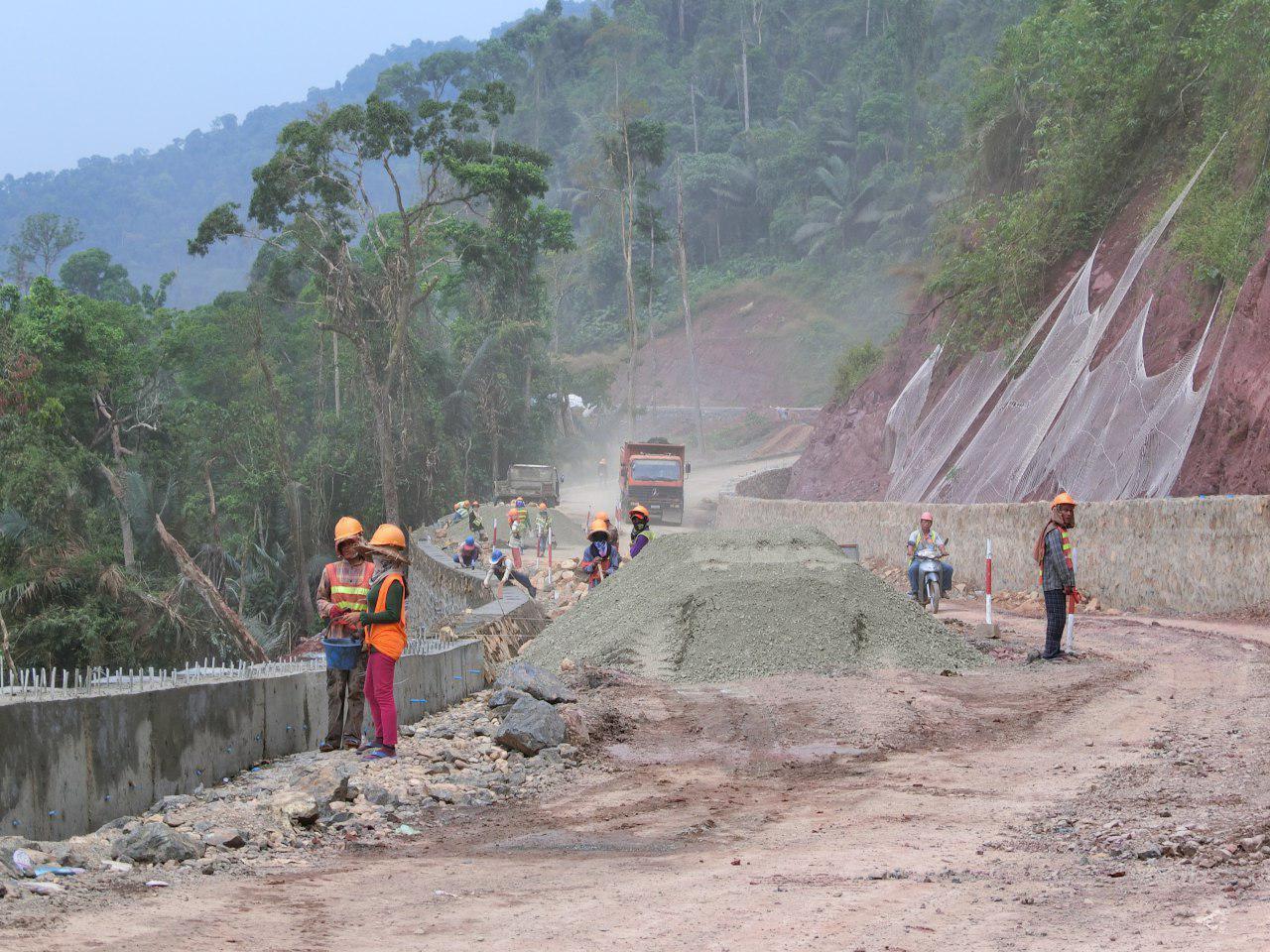Phnom Penh (FN), Sept. 7 – Roads and bridges are the oxygen of every nation's economy. Without these important infrastructures, it is difficult to transport agricultural produce and goods made from the production sites to the markets. It will take lots of time to transport and that would degrade the quality of produces and goods. The transportation barrier indeed hinder investors from investing in a country that lacks infrastructure system despite possessing enriched natural resources.
Decades of war had not only protracted Cambodia’s economy, but also destroyed her physical infrastructure like roads and bridges. After liberating the country from the Pol Pot genocidal regime in 1979, infrastructure rehabilitation was one of the top priorities of Cambodian Prime Minister Hun Sen among the four prioritized agendas, including water, road, electricity, and human resource.
Following the absolute peace in 1998, the kingdom has rapidly constructed and upgraded her roads and bridges.
“In 1979, the choices we had back then were a walking lane and a biking lane. Unlike in 1979, the situation has changed gradually, from tough to convenient, from our misery of war to peace, from motorcycles to cars. If we maintain our peace, we will be able to further develop,” said Cambodian Prime Minister Hun Sen.
Cambodia's economy has significantly grown after infrastructure were expanded to remote areas, where agricultural produce and handicraft goods are made. They are also corridor to neighbouring countries. Road and bridge also contributes to attracting more investors to Cambodia's development from year to year. Infrastructure has also helped move the factories to faraway from the city and close to people in remote areas. These are the positive points of proliferating result of economic growth to the rural areas as envisioned in the national policy for infrastructure development noted by an economic expert Dr. Ky Sereyvath.
“When we talk about the economy of a country, we talk about the infrastructure, as it is the blood vein of the economy. Therefore, when the infrastructure is cut off, the flow of goods in the country is disrupted, and all production in the country is meaningless. The development of infrastructure allows factories to move closer to the rural areas”.
When roads and bridges reach the countryside, it attracts more factories closer to people, as the location site and labour cost is cheaper compared to in the city. In addition, it is also convenient for people in remote areas to find jobs. This is called the equally-distributed of economic growth model.
“When spending money in the countryside, [people’s quality of lives improve] as they upgrade their houses from wooden to bricked walls. So, as the infrastructure pushes factories to move to lower-cost areas, they can easily transport their products to the ports and help the economy grow,” he added.
Over the last 20 years, Cambodia has been working hard to build roads and bridges. New roads are built; some are renovated and expanded with better quality. Besides, bridges are built across the rivers. Roads and bridges create an interconnected system that facilitates traveling and transportation of products and goods. To date, Cambodia has 75 lines of road with more than 7,000 kilometres in length, and 19 major bridges, 18 kilometres in length.
Construction of infrastructure in Cambodia requires Cambodia’s nation budget, as well as grant aids and concessional loans from countries and development partners, such as China, Japan, Korea, Thailand, Vietnam, the World Bank and the Asian Development Bank (ADB). Of these countries and donors, China is the major provider of concessional loans. As of 2019, Cambodia received from the People's Republic of China USD 2.8 billion in the form of concessional loans to build infrastructure.
Out of the USD 2.8 billion loan, the Ministry of Public Works has completed 29 lines of roads, an equivalent to 2,888 kilometres; and built eight bridges, an equivalent to eight kilometres with a total cost of USD 2.5 billion. The ministry also prepared to build National Road 71c, National Road 10, which are worth of USD 322 million and Phnom Penh Port of USD 30 million.
Sun Chanthol, Minister of Public Works and Transport, regards China as a major contributor to the construction and rehabilitation of Cambodia’s infrastructure.
“If our Chinese friend did not help us, we would not have as many interconnected roads as today. If we chose to wait for loans from other countries, we would not have built these bridges even in the next five years. We would not have the opportunity to travel across the country. We can now leave Phnom Penh to Battambang to Samlot and from Samlot to Veal Veng then to Koh Kong and Sre Ambel then to Sihanoukville. From Sihanoukville, we can go to Kampot; we do not have to return. We have roads to everywhere,” said Sun Chanthol.
“But is that enough? Not yet, as some roads require the extension from two to four lanes; and some other roads need to upgrade from DBST to AC. We will continue to build more bridges to reduce the transportation costs, and can attract more tourists as well as investors,” he added.
Premier Hun Sen took note that the presence of infrastructure in Cambodia has resulted from the good relations between China and Cambodia. The premier highly appreciated China's support on building roads and bridges in the kingdom.
“If not China, who else is going to help us? Others can only shout and give us lessons, but gave us nothing. So the question is, if we do not have good relations with China, will China be able to financially support our construction? I understand we made the right decision in partnering with China,” said Strongman Hun Sen.
In order to contribute to the development of Cambodia as, on behalf of the “iron-clad” friend, China has not only provided concessional loans and infrastructure assistance, but also provided training to Cambodian public works officials.
“Apart from helping us build roads, China provides training to at least 30 Cambodian officials from Ministry of Public Works and Transport every year. They helped training our officials. They helped us study master plan on roads, and all the highways throughout Cambodia. They helped us differentiate which road has one two or three stars; for example, roads that have many accidents are one-star. China does not only help us on roads and bridges but also on trainings; they give scholarship and everything,” said Sun Chanthol.
The Royal Government of Cambodia has a slogan "With road and bridge, there is hope", in line with the Chinese Government’s slogan: "With roads, come gold and silver." Through these slogans, roads and bridges play a vital role in boosting the national economy and people's living.
Dr. Ky Sereyvath, an economic expert, has observed that road construction plays a significant role in promoting the livelihoods of rural people. He said that helping people is not about giving them donations, but building roads assist people with realism and highest consideration.
“Normally when we talk about direct assistance to people, we do not give them donations, but give them roads, as they are the direct beneficiaries. Even though [the rural] people have no vehicles to drive on those roads, but the transports can carry farmers’ produces on those roads. In the past, as the buyers took long time to reach farmers and [bad road conditions damage their car], the buyers gave low price to the farmers. But when they conveniently reach the farmers, they offer higher price. As buyers added the transportation cost [due to bad road condition], buyers must give low price to gain competition in the market. When there are many good roads, buyers will competitively go to farmers and buy the agricultural produces, allowing farmers to gain profits,” he stated.
The construction of roads and bridges is an equitable and effective use of grant aids and loans to benefit all citizens. For example, the180-km National Road 55, connecting Pursat to the Khmer-Thai border, has just been completed, transforming a quiet rural area, which people barely go, into a bustling area. The National Road 55 makes Tmor Da a rapidly developing area and is transforming into a special economic zone and attracting tourists.
The local people are excited and joyful about the changes in the area. Former Khmer Rouge soldier Hean Chhun said:
“Before the road built, life was difficult, as it took me nearly a week on a roundtrip from Tmor Da to Veal Veng within a length of only 70km. It was due to flood and the road covered with dirt falling from the mountain. Sometimes three or four days or even a week, as if we were living in an isolated island. When there is road, people commute both day and night with small and big cars. We are very happy to see the road construction done by the government, as we have never seen before.”
In addition, Cambodian people, who benefits from the bridge across Mekong River under the Chinese loan, is also pleased with the benefits. A resident of Krouch Chhmar district, Tbong Khmum province, Chrech Saem said that the presence of an unprecedented bridge in her village, Stung Treng-Kroch Chhmar bridge, would play a major role in solving problems and improving their lives.
“It is very difficult when we get in a small boat to cross the river. There have been cases of boat sinking. Sometimes when we are halfway, the sky is raining and we can not stop… We continue to go and big waves make us difficult. When the experts successfully experimented the area, I am very happy as it is close to home. It helps a lot when we go to the market, especially at night, or whenever we have an emergency case like delivering a baby”.
Although Chinese loans are seen as contributions to promoting the national economy and improving people's livings, some are concerned over the China’s debt-trap diplomacy.
Minister of Public Works and Transport Sun Chanthol strongly denied the allegations. The minister claimed that Cambodia had clearly managed the debt, and that China has never forced or pressured Cambodia to borrow her money.
“We are not at the dead-end with the debt, and I have mentioned that our loans are just 20 percent of our gross domestic product (GDP), the lower rate compared to those of ASEAN countries. So, we have the possibility to borrow more money to develop our motherland, and China has never forced us to take the loan. They will not give us unless we request. So no need to mention that they give us loan as a trap and colonize our country when we fail to pay. If the waste the loans, it is the problem. However, if we borrow 100 and earn 1000, why not borrow for the national development? Thanks to good infrastructure, Cambodia’s economy grows at the rate of 7 per cent per annum.
The achievement of the roads and bridges under the Chinese loans today has brought smiles to the people of Cambodia. They also expressed their gratitude and thanked Cambodian Prime Minister Hun Sen, who always seeks assistance from development partners to ensure the kingdom progresses in every sector everywhere. Cambodian people also thanked the Chinese government for assisting Cambodia, whether grant aids or concessional loans, as all aids have effectively responded to the development of Cambodia.
=FRESH NEWS
